This article is going to be a concise introduction to Arabic maqam theory. My hope is that this will break down the basics for you to understand what is going on in Arabic music in terms of what scales are being played and how to modulate. For a beginner, one of the most important things to do in order to learn this music is to listen to Arabic music a lot. You must get it in you, so to speak.
When I was a young boy listening to Persian music, and learning Persian music on the Santour, I didn’t even comprehend the idea of scales and different notes. I just recognized when one note was the same note in a different octave. After a few years, I started to comprehend that some tunes gave different feelings and sounded different than others. The easiest way to experience this is by listening to Bach’s Brandenburg Concerto No. 3 in G, BWV 1048: I. Allegro.
It is knowing the difference between a major scale and a minor scale. These two scales give very different feelings, and that is the beginning of comprehending music. What comes next is knowing exactly what changed in each melody, and that is a harder part. That is the intellectual side of music. Listen to Bach’s Brandenburg Concerto mentioned above, and take notice when the tune changes from a major scale to the minor scale. If you have no idea what I mean by this, then listen for when the feeling or mood changes and that is when the notes in the scale have changed. This is a very basic example of exactly how modulation works in Arabic, Turkish, and Persian music.
The Basics
A maqam is a set of notes.
Maqam Bayati
D Eq F G A Bb C
(q stands for quarter flat, as in Eq = E quarter flat) (b stands for flat, Bb = B flat)
A maqam is a collection of sub-maqams called Jins (singular) or Ajna (plural) in Arabic.
Jins Bayati
D Eq F G
Jins Ajam
F G A
Jins Nahawand
G A Bb C
Jins Ajam
Bb C D
Altogether it looks like this:
Bayati
D Eq F G A Bb C D
The first thing you must do is forget about “scales”.
What we have in Middle Eastern music is a range of notes that can be mixed and played in many combinations. Our “scales” are made up of 3 to 5 notes of different intervals called jins. This word means “nature” or “type”. In order to remember this, think of the English words gene, or genes. Ajnas is plural for Jins. Ajnas are the genetic makeup of Maqamat. These are the terms used in Arabic music theory. As far as I know, we don’t have these terms in Persian music. Regardless, Persian music can be described or analysed in this way as well.
All the different Ajnas can be found on maqamworld.com. Knowing them all by heart is not terribly important at first if you have got the music in you by listening to it and digesting it.
Ajnas are characterized mainly by the specific interval between each note. For example, the jins for Ajam you will see is the first 3 notes in the Western major scale. It is always 3 notes separated by whole steps.
C D E
Bb C D
F G A
This is all jins Ajam.
Modulation
The key to understanding everything about Arabic, Turkish, and Persian music is understanding that Ajnas make up different maqam, and that maqam can be described and played as the combination of different ajnas put together. When you know this, then you can understand how modulation works. Modulation is the shifting from one melodic focal point to another melodic focal point. In my understanding of Middle Eastern Music, I would argue that you can have two types of modulation. The first modulation is where you focus on certain notes within a given set of notes thereby changing the mode of the melody.
Example in Western Music:
In the Key of C major C D E F G A B C the relative minor is the Key of A.
A B C D E F G A
So if you started playing a melody in the C major scale, you could theoretically shift your focus to the A note of the scale and develop a minor scale with the exact same set of notes. That is one type of modulation.
In Persian music, we have a “scale” called Abu-Atta which is similar to Bayati. It is summed up with these notes with the focus on D.
D Eq F G A Bb C D
But if you shift the focus to F you have another “scale” called Bayat Tork.
F G A Bb C D Eq F
This scale is like a scale within a scale. Check out the sound file below to hear these in action:
The other way you can modulate is by manipulating the Ajnas that make up a maqam, in other words changing them to create another sound.
If we start with Bayati we have:
D Eq F G A Bb C D
We start by playing a melody using the notes D to G and we establish this as the foundation of our melody. We then play attach a different jins to bayati from G onward, let’s say Hijaz from G. It would look like this:
D Eq F G Aq B C (Hijaz in Bold)
This is the second and most well-known type of modulation. It is heard all throughout every type of regional music out there.
What this is in fact, is just replacing one jins with another one. In this case we replaced Jins Nahawand with Jins Hijaz. Also important to note here is that we used the note common to both Bayati and Hijaz to modulate, G. G is the pivot note where you can change to another maqam. Likewise, the first note of each individual jins is a note which can be used to modulate as well.
This is such a common modulation that it is even given it’s own name, Bayati Shuri.
In Middle Eastern music there are specific ways of doing this. That is the tricky thing to learn. The art of modulation and improvisation is learning how to do it so that it is pleasing to the ear and musical, the same way you compose a song, deciding where the bridge will go and how many verses, etc, etc. In Arabic music, modulation can happen many times and may include many different maqam in a very short time span when playing a taqsim. Whereas in Persian music, modulation occurs maybe once or twice in a performance. Usually one maqam is used throughout the performance. Coming to Arabic music from Persian music, I found the movement from maqam to maqam very disturbing, and actually made me sick at first. I have become more used to it, but there are times when I still find some Oud taqsim improvisations too abrupt for my taste, and I must shut it off!
For a deeper study of maqamat on the Oud, I recommend you check out The Maqam Mastery Program.

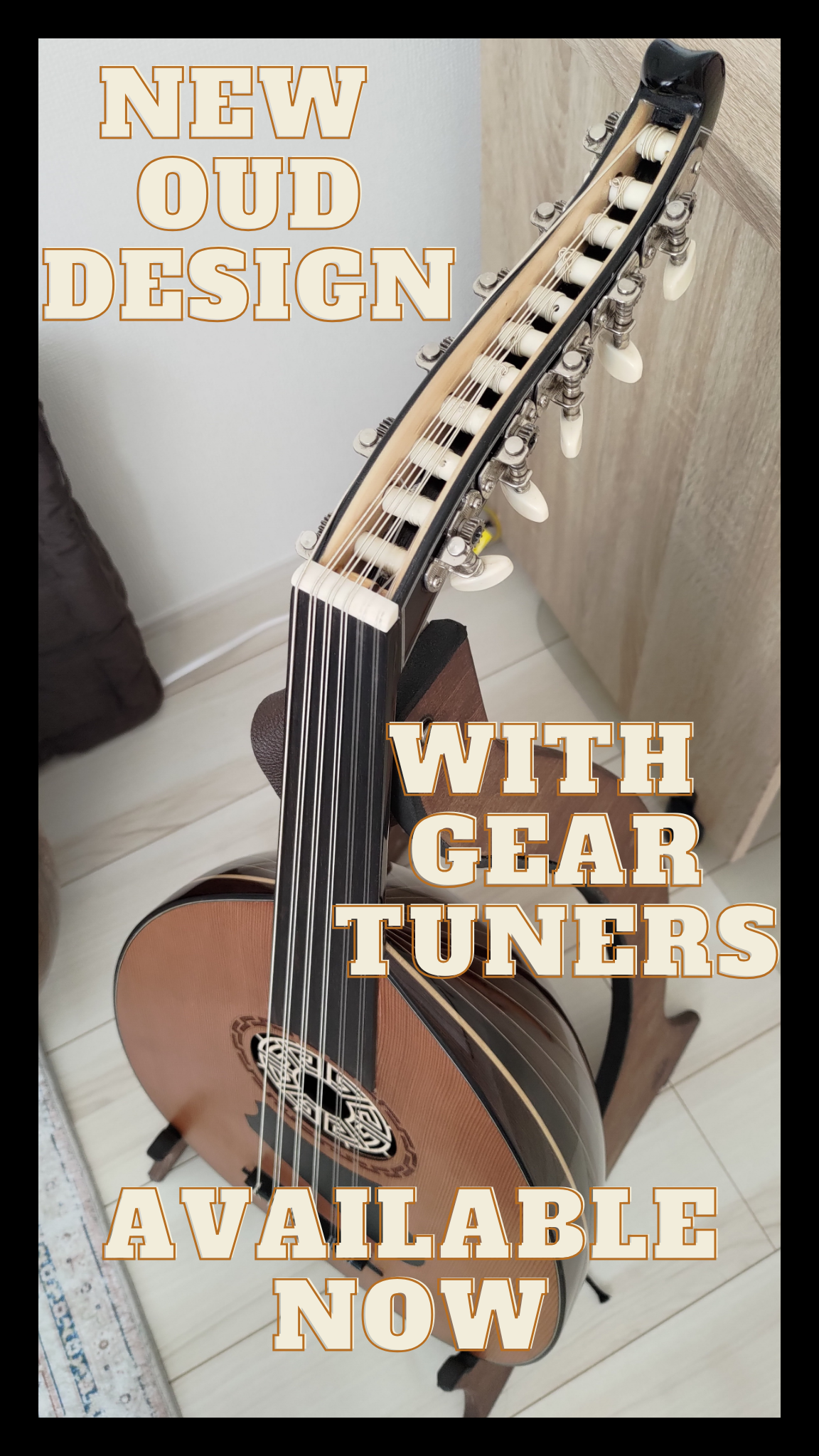
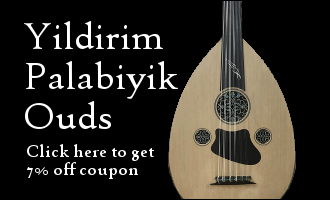
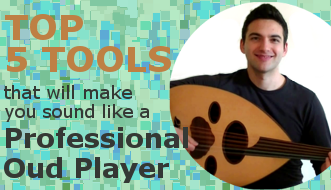
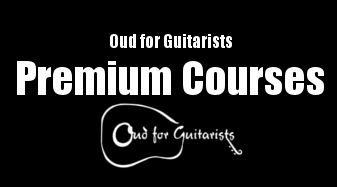
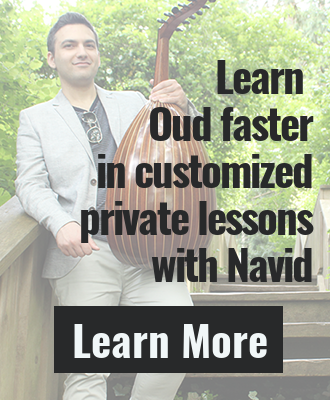
That is the clearest explanation of general Middle Eastern maqam’s I’ve ever read. Simple and practical. Thank you.
Thank you for your comment. This is what I aspire to. I’m happy to hear it was helpful, let me know if you have any questions or anything else that would make it better.
I am very interested in taking oud lessons. I have a Turkish oud. Do you give Turkish oud lessons? If not, do you recommend tuning my Turkish oud to Arabic tuning and proceeding to the lessons that way?
Thanks for asking. It really depends on whether you want to play a more Arabic style or a Turkish Oud style? Who is your favorite Oud player? What music inspires you?
Turkish playing style is a bit different from what I teach, even though the roots of both musics are the same.
If you are interested in any and all Oud playing styles, then I would recommend tuning your Oud to Arabic tuning in order to go ahead with the lessons. You won’t be playing Turkish style pieces or repertoire, but you will have the fundamental left/right hand technique which is required and essential to executing both styles.
I hope that helps you. Please feel free to contact me with any other questions.
Thanks for this usful article.
I ‘m be takeing oud classes in one week.The objective of the course is acquire the fundamental techniques to play the Oud and understand the characteristics of the Maqam music system, studying the eight fundamental Maqams together with traditional and popular repertoire. I don’t know which oud I should buy? My budgeet could get me a cheap turkish oud from ebay? would I be able to meet the objectives of the course with turkish oud and not arabic one? Would truely appreciate your reply.
Hi Sarah,
That’s a good question. If you are interested in Arabic music than you should really try to find an Arabic Oud. The site I recommend the most for inexpensive, quality, PLAYABLE Arabic Ouds is mauriceoudshop.com. They have very well priced apprentice Ouds.
If you buy a cheaper Turkish Oud, it will probably serve you fine for the course You should have no problem tuning it to Arabic tuning. But it may not really be a satisfying purchase in the long run. Check out the website I mentioned and see if those Ouds are in your budget. I will probably buy my next Oud from mauriceOudshop.com too.
sign up on Mike’s Oud Forums and put a link up there for any Oud you are looking at on Ebay. Ask people’s opinion about it, and they will give you an honest answer.
Let me know if that helps, and let me know what Oud you end up buying. Good luck!
The plural of Jins is Ajnas , with an “S” at the end. You have used it correctly once. Most probably a typo.
Contact me if you have questions on Arabic and/or Music and/or oud
Thanks, you’re not the first person to correct me on this. Unfortunately, the Arabic language is not one of my strengths. Unfortunately, this error is in all my videos too. I’m Iranian, not Arabian.
Hello, Arabic which dialect do you speak?
Thank you very much for your practical material.
BTW, I absolutely share your view on the Persian vs. Arabic music style difference… In fact, my motive in buying an oud was rather to study Persian music, and not Arabic. It’s that Persian music seems somehow more orderly. Or is it because I’m telling myself that Persian music is more ancient? Well, it gives that feeling anyway. And Arabic improvisations make me feel like you say — a bit sick.
And Maurice’s ouds are great. I’ve purchased an apprentice oud there and am REALLY happy with it. Don’t anybody even look in the eBay direction for cheaper ouds.
It’s funny how my taste has changed over time. I love the twists and turns of Arabic modulation. It took some time for me to get used to it. I’m happy to hear you are happy with mauriceoudshops’s apprentice Ouds. That source has been long over due. I wish mauriceoudshop existed 18 years ago when I first discovered the Oud…
Hi, who published this article?
I would like to use it as a reference in my dissertation.
Thanks,
Dom
Hi Dom, my name is Navid Goldrick. Thanks for your interest in using it as a reference.
hy
Is it possible to replace the traditional oud keys to a standard guitar keys to make easier to adjust signal
Thanks Amir
Hi Amir,
I’m not sure what you mean. Can you explain a bit more? Thanks!
I am looking for a 41 string kantele I saw playing with an oud soloist (girld) her mother
piano and another girl playing the 41 string kantele $465.00) Can tell me where I can buy that instrument?
I am interested in a 41 string kantele accompanying a girl on the Oud and her mother accompanying her on the piano.he price is $465.00.
Can you tell me where I can buy that kantele?
I would check this site out
http://trirmusic.com/product/high-quality-turkish-kanun-qanun-2701473